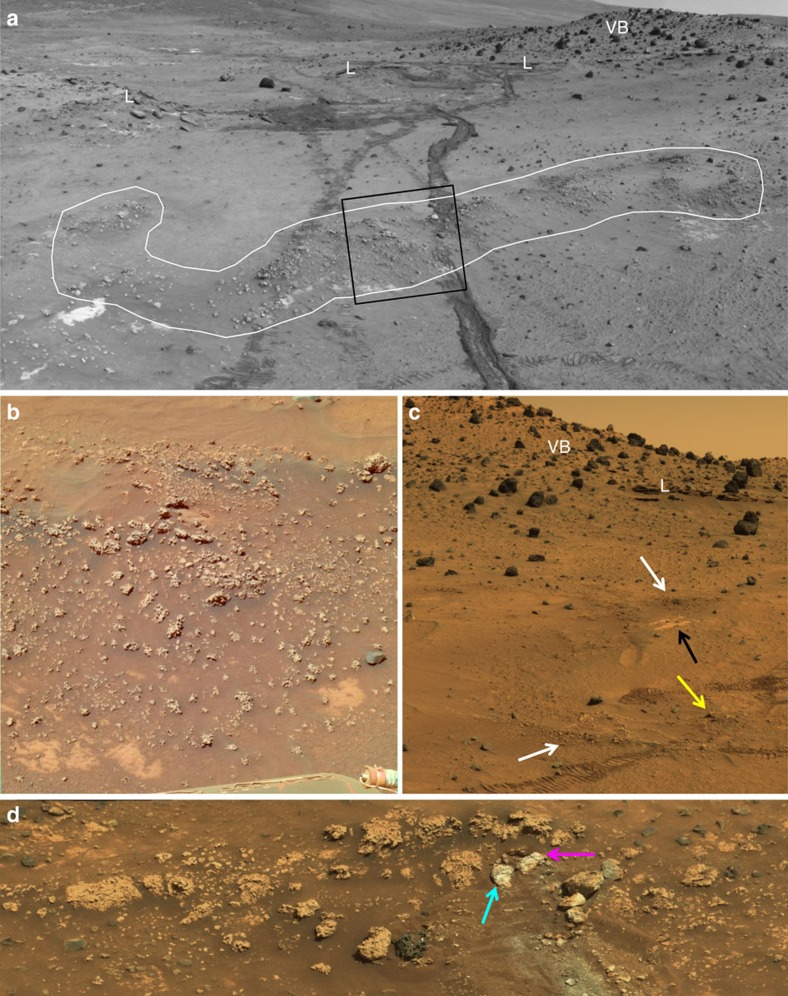Figure 1. Opaline silica nodular outcrops adjacent to Home Plate showing typical stratiform expression.
(a) White outline highlights nodular silica outcrop (Navcam mosaic, sol 1116). Rover wheel tracks are ∼1 m apart. Rolling wheels did not deform the ∼15 cm high outcrop (lighter tracks) compared with the inoperative dragging wheel in a later traverse (darker track). Box indicates approximate location of b; L is lapillistone, VB is vesicular basalt. (b) Pancam approximate true colour (ATC; sol 778, P2388) of opaline silica nodules from a, before rover traverse. Midfield scene spans ∼80 cm. (c) Westerly view toward Low Ridge showing nodular outcrops (white arrows) over light-toned platy outcrop (black arrow) and location where rover wheels passed over nodular outcrop without disturbing it (yellow arrow); L and VB as in a. Midfield scene spans ∼3 m (cropped Pancam ATC mosaic, sol 800, P2401). (d) Nodular outcrop with portion intentionally disturbed by rover wheel (whitish hues). Cyan arrow indicates ‘Innocent Bystander' and magenta arrow is ‘Norma Luker', the two pieces investigated with the rover arm instruments and shown in Fig. 4. Scene spans ∼110 cm (cropped Pancam ATC mosaic, sol 1234, P2378).

